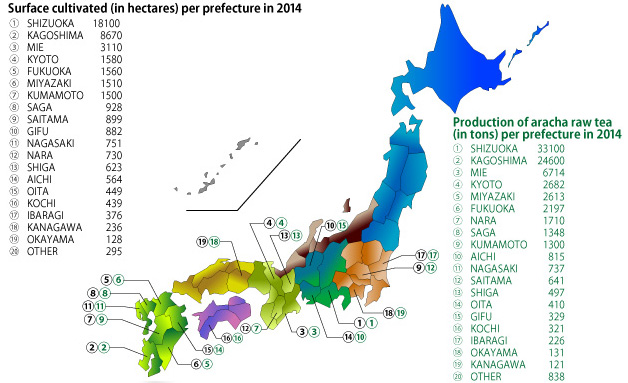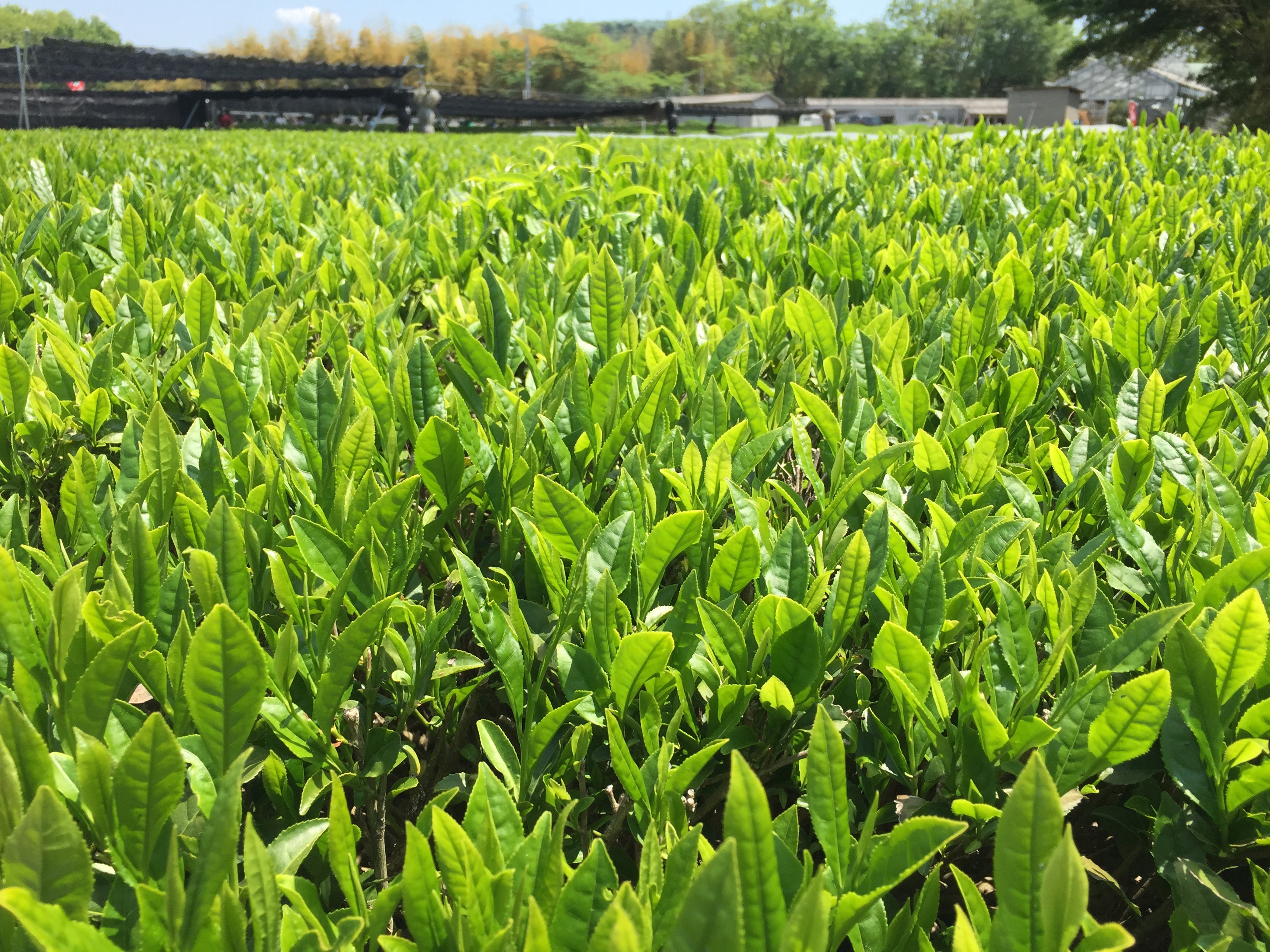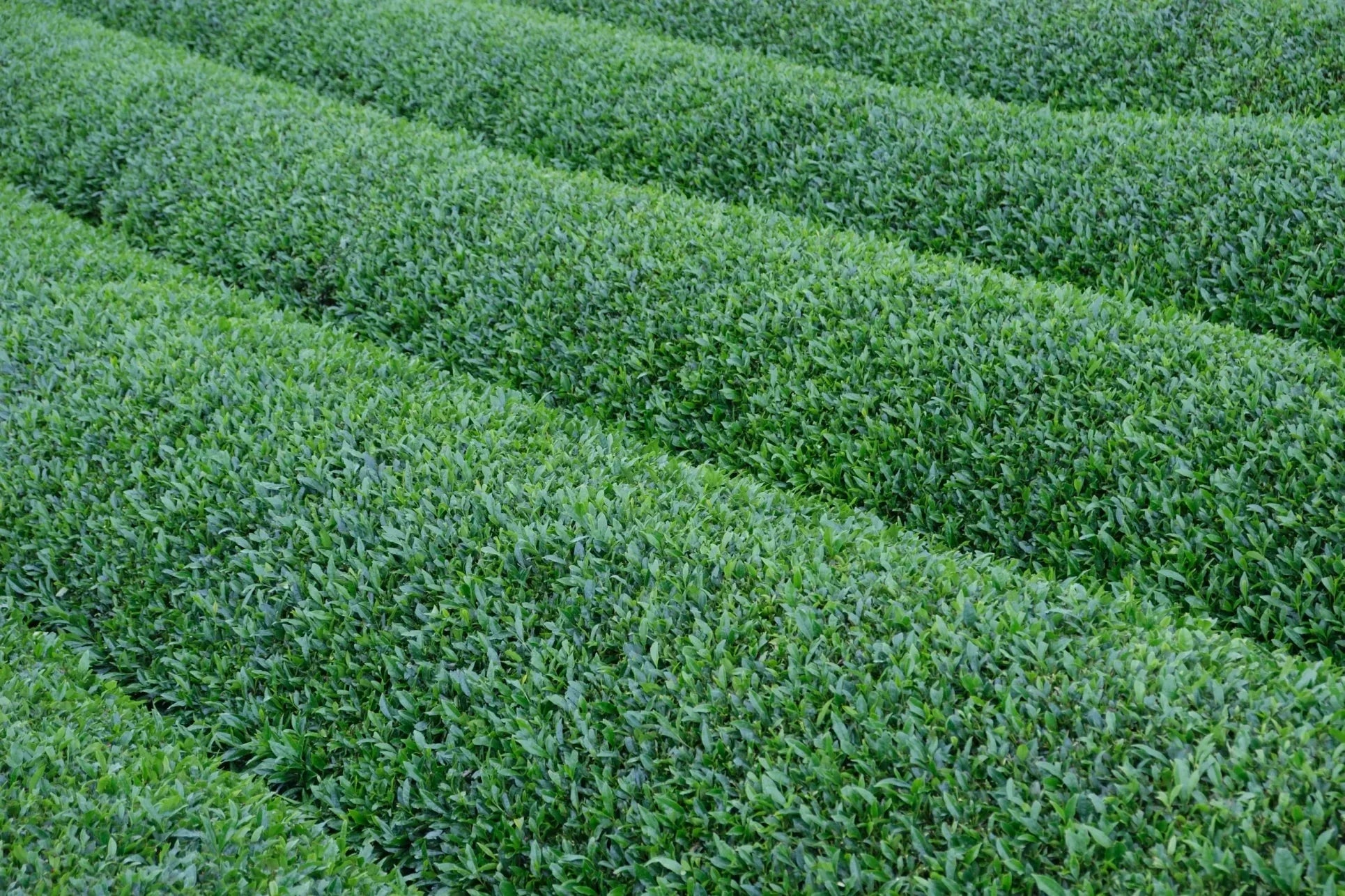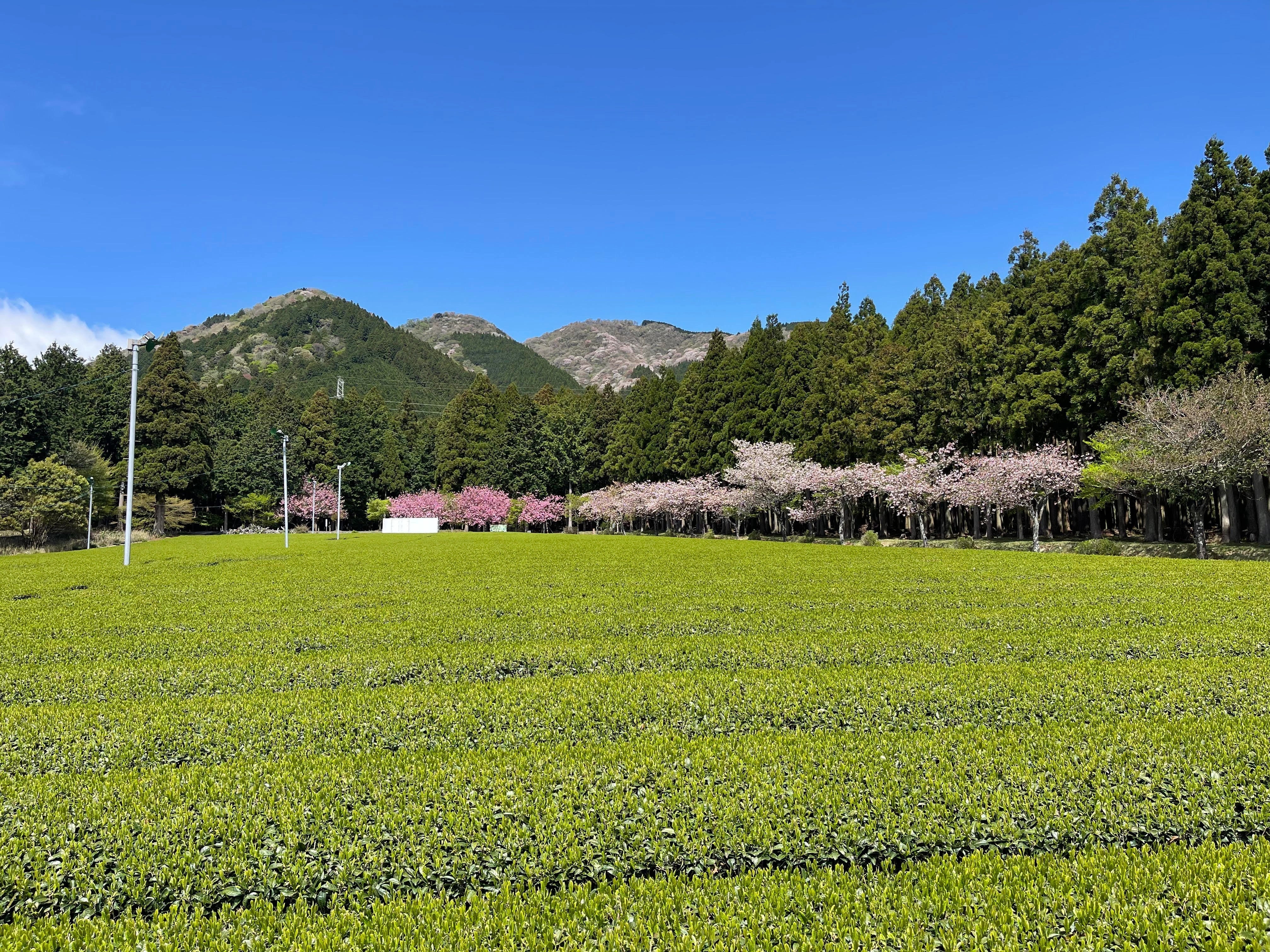Matcha 抹茶 is a finely grounded powder made from green tea leaves. Camellia sinesis, also known as Green Tea is thought to have first originated in China around 2700 BCE and used for medicinal purposes by brewing fresh leaves in boiling water. Green tea cultivation became established in Japan around the 13th century.
Matcha was used in Japanese tea ceremony, centered around the preparation of matcha and a form of meditation.

So what type of matcha is Thea?
First flush starts in mid to late May where the top leaves are plucked first. These young leaves create a smooth and well rounded taste profile as well as yielding a vibrant green powder. This is best suited to drinking.
Second flush leaves are picked beginning of June or July, it's taste is more astringent but still smooth. It's best suited to drinking and baking.
Third flush starts in August and the larger leaves have a earthy, somewhat bitter taste profile. It is yellow-green in colour and best suited to culinary uses.














